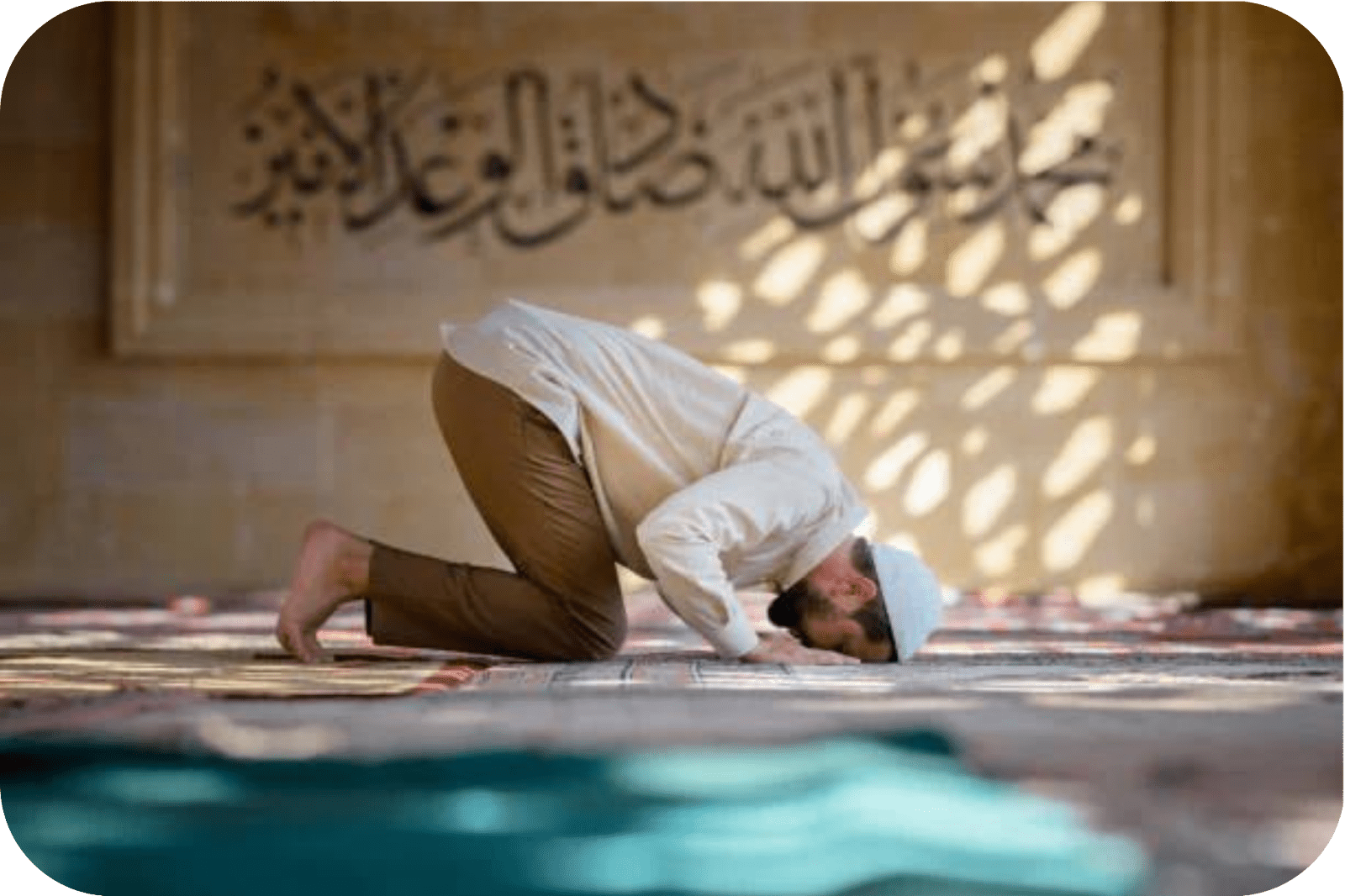What is Modest Clothing for Muslims
What is Modest Clothing for Muslims

Both Muslim men and women embrace modest wear as a cornerstone of their attire. Modest clothing serves as a constant reminder of the values cherished within the Muslim community and allows individuals to publicly display their religious and cultural identity. This article delves into the concept, significance, and guidelines of modest clothing for Muslims, shedding light on its various aspects.
The Concept of Modest Wear in Islam
Modest wear in Islam refers to a style of clothing that covers the body appropriately, according to Islamic teachings. It is designed to cover the body appropriately and ethically. For women, this includes covering the hair, neck, and chest, and wearing loose-fitting garments that do not expose the shape of the body, except for the face and hands. On the other hand, for men, modest wear includes clothing that covers the body from the navel to the knee. The idea behind modest wear is to avoid focusing on one's physical appearance and draw attention to one's internal qualities instead. Following these dress codes helps people to maintain humility and respect within the society, promote virtues and etiquette that reflect the values Islam stands for.
The Significance of Modest Clothing in Islam
Modesty is a fundamental aspect of the Islamic faith. Islam places strong emphasis on modesty as an essential and highly appreciated virtue for both men and women. The Quran instructs believers to dress modestly and to guard their modesty.
1. For Muslim women
For Muslim women, modest clothing typically involves wearing loose-fitting garments that cover the body modestly as the Quran instructed:
“And tell the believing women to lower their gaze and guard their chastity, and not to reveal their adornments”
(Surah Al-Noor, verse 31)
This verse highlights that for Muslim women, modesty is seen as a way to demonstrate their devotion to God and fulfill their religious obligations. By adhering to the principles of modest dress, they believe they are obeying God's commandments and striving to be pious individuals.
2. For Muslim men
Similarly, Islamic teachings also emphasize that men should adopt modesty in their clothing and behavior by covering the area from the navel to the knees, and avoid wearing silk and gold. In a hadith, Prophet Muhammad (peace and blessings of Allah be upon him) said:
“These two [gold and silk] are forbidden for the males of my ummah and permissible for the females.”
(Sunan an-Nasa'i, 5148)
Modest Clothing Guidelines
The regulations on Islamic dress code include the following:
1. For Muslim women
• The clothing worn by a woman should be loose and not tight-fitting, covering her body without showing her figure.
• The clothing should also be opaque, made of a material that does not allow one's body to be seen or the clothing to be see-through.
• It should cover all parts of a woman's body, including her 'awrah (any part of the body that should be covered), except for the face and hands.
• A Muslim woman's clothing should not be flashy or attract attention in any way, nor should it be worn with the intention to be known and recognized in society.
• Clothing should not include any adornments, or designs that may draw attention and lure men to look at her.
• Muslim women should not wear clothing that resembles men's attire, as in a hadith narrated by Ibn 'Abbas:
“Prophet Muhammad (peace and blessings of Allah be upon him) cursed men who dress like women and women who dress like men.”
(At-Tirmidhi, 2784)
2. For Muslim men
• Men should dress modestly by ensuring coverage from the navel to the knee, which constitutes their 'awrah (the area that should be covered).
• It is advised for men to avoid wearing tight or overly revealing clothing that accentuates the body shape.
• Islamic teachings encourage men to dress with humility, avoiding attire that may lead to arrogance or imitate the clothing styles of the opposite gender..
• Men are advised against wearing shorts that expose the area between the navel and the knee. The Prophet Muhammad (peace and blessings be upon him) said in a hadith narrated by Abu Sa'id Al-Khudri:
Conclusion
Modest clothing for Muslims serves as a means of expressing faith and fostering a sense of cultural identity. The guidelines provided by Islamic teachings promote humility and modesty, encouraging Muslims to dress in a manner that upholds their religious values. By embracing modest clothing, individuals demonstrate their commitment to their faith and contribute to the rich tapestry of Islamic culture. At Riwaya we offer a range of modest and chic attire tailored to your style and faith, find your perfect ensemble and embrace fashion that resonates with your values.
Buying on Riwaya
Experience elegance and modesty combined at Riwaya! explore our Islamic clothing collection Today. Elevate your style, embrace individuality, and donor religious values with our thoughtfully curated collection of modest clothing from our trusted sellers. Discover the Perfect Blend of Fashion and Faith.
Selling on Riwaya
Calling all creators in the world of Islamic fashion! Riwaya is your avenue for success in the realm of elegant modest wear and beyond.
With Riwaya, you get access to a vast, engaged community of Muslim consumers actively seeking the finest Islamic modest wear like yours, by joining us, you tap into a network that bridges the gap between Islamic product sellers and the thriving global Muslim community.
Plus, our platform offers fantastic features and tools to enhance your sales experience, ensuring your products receive the attention they deserve. Become a seller with Riwaya today and let your products find their perfect audience effortlessly.
FAQs
Q1: Is wearing modest clothing mandatory in Islam?
Yes, modest dressing is mandatory in Islam, it's considered a religious obligation for adult Muslim men and women to dress modestly, as an obligatory ruling agreed upon by community consensus.
Q2: What is Awrah in Islam?
Awrah in Islam refers to the parts of the body that Muslims should cover. For women, it includes the entire body except for the face, hands, and feet. For men, it comprises the area between the navel and the knees.
Q3: What are the key elements of modest wear?
The key elements of modest wear include loose-fitting attire that covers the body, such as long-sleeved tops, long skirts or pants, dresses with modest necklines, and head coverings like the hijab, niqab, or headscarves for women.
Q4: Is modest wear only for women?
No, modest wear is not exclusive to women. Men also have guidelines for modest dressing in Islam. For men, it generally involves wearing loose-fitting clothing that covers the body appropriately, avoiding tight or revealing attire, and often includes garments like thobes, long shirts, and pants that are not form-fitting.
Q5: Is modesty limited to clothing?
Modesty in Islam extends beyond clothing and encompasses modest behavior, speech, and conduct. It emphasizes humility, decency, and respect in interactions with others, encouraging modesty in all aspects of life.



